-
Address:
16 Calabar Street Nigeria
-
Mail us:
FOREIGN TRADE
INTERNATIONAL FOREIGN TRADE
If there is a point on which most economists agree, it is that trade among nations makes the world better off. Yet international trade can be one of the most contentious of political issues, both domestically and between governments.
When a firm or an individual buys a good or a service produced more cheaply abroad, living standards in both countries increase. There are other reasons consumers and firms buy abroad that also make them better off— the product may better fit their needs than similar domestic offerings or it may not be available domestically. In any case, the foreign producer also benefits by making more sales than it could selling solely in its own market and by earning foreign exchange (currency) that can be used by itself or others in the country to purchase foreign-made products.
Still, even if societies as a whole gain when countries trade, not every individual or company is better off. When a firm buys a foreign product because it is cheaper, it benefits—but the (more costly) domestic producer loses a sale. Usually, however, the buyer gains more than the domestic seller loses. Except in cases in which the costs of production do not include such social costs as pollution, the world is better off when countries import products that are produced more efficiently in other countries.
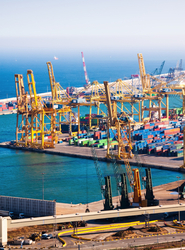

WHY COUNTRIES TRADE
COMPARATIVE ADVANTAGE
Free trade, one of the greatest blessings which a government can confer on a people, is in almost every country unpopular
Even a country that is more efficient (has absolute advantage) in everything it makes would benefit from trade. Consider an example:
Country A: One hour of labor can produce either three kilograms of steel or two shirts. Country B: One hour of labor can produce either one kilogram of steel or one shirt.
Country A is more efficient in both products. Now suppose Country B offers to sell Country A two shirts in exchange for 2.5 kilograms of steel.
To produce these additional two shirts, Country B diverts two hours of work from producing (two kilograms) steel. Country A diverts one hour of work from producing (two) shirts. It uses that hour of work to instead produce three additional kilograms of steel.
Overall, the same number of shirts is produced: Country A produces two fewer shirts, but Country B produces two additional shirts. However, more steel is now produced than before: Country A produces three additional kilograms of steel, while Country B reduces its steel output by two kilograms. The extra kilogram of steel is a measure of the gains from trade.
TRADE REFORM
WHY TRADE REFORM IS DIFFICULT
Indeed, economic models used to assess the impact of trade typically neglect influences involving technology transfer and pro- competitive forces such as the expansion of product varieties.
- Trade contributes to global efficiency. When a country opens up to trade, capital and labor shift toward industries in which they are used more efficiently. That movement provides society a higher level of economic welfare. However, these effects are only part of the story.
- Trade also brings dislocation to those firms and industries that cannot cut it.
- Firms that face difficult adjustment because of more efficient foreign producers often lobby against trade. So do their workers. They often seek barriers such as import taxes (called tariffs) and quotas to raise the price or limit the availability of imports. Processors may try to restrict the exportation of raw materials to depress artificially the price of their own inputs. By contrast, the benefits of trade are spread diffusely and its beneficiaries often do not recognize how trade benefits them. As a result, opponents are often quite effective in discussions about trade.
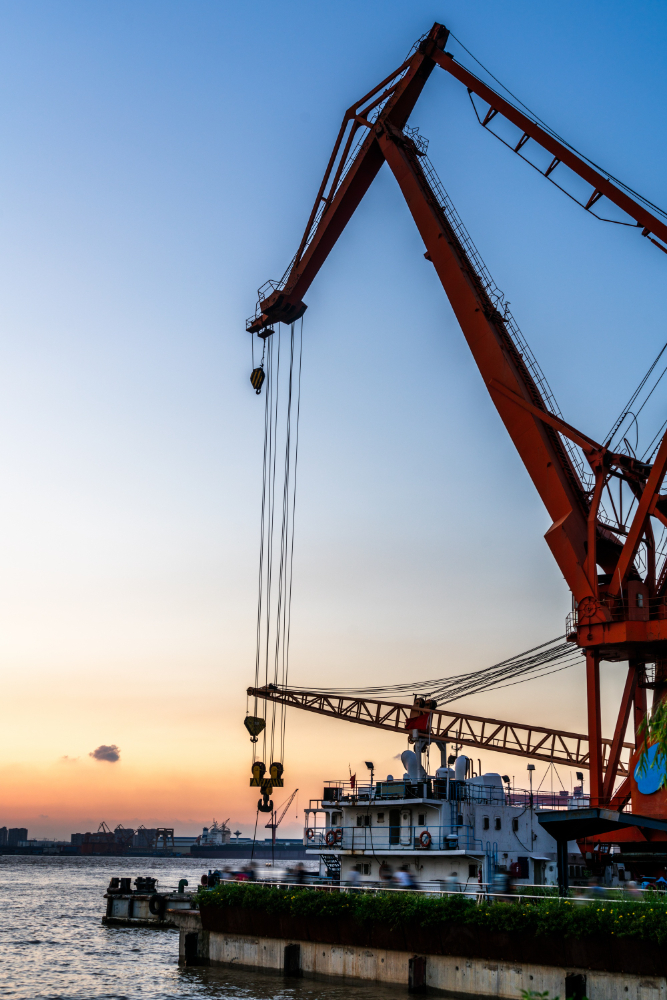

TRADE POLICIES
Many countries have substantial barriers to trade in services in areas such as transportation, communications, and, often, the financial sector, while others have policies that welcome foreign competition.
Differences in comparative advantage may arise for several reasons. In the early 20th century, Swedish economists Eli Heckscher and Bertil Ohlin identified the role of labor and capital, so-called factor endowments, as a determinant of advantage.
Reforms since World War II have substantially reduced government-imposed trade barriers. But policies to protect domestic industries vary. Tariffs are much higher in certain sectors (such as agriculture and clothing) and among certain country groups (such as less developed countries) than in others.
Moreover, trade barriers affect some countries more than others. Often hardest hit are less developed countries, whose exports are concentrated in low-skill, labor-intensive products that industrialized countries often protect. The United States, for example, is reported to collect about 15 cents in tariff revenue for each $1 of imports from Bangladesh (Elliott, 2009), compared with one cent for each $1 of imports from some major western European countries. Yet imports of a particular product from Bangladesh face the same or lower tariffs than do similarly classified products imported from western Europe. Although the tariffs on Bangladesh items in the United States may be a dramatic example, World Bank economists calculated that exporters from low-income countries face barriers on average half again greater than those faced by the exports of major industrialized countries (Kee, Nicita, and Olarreaga, 2006).
WTO
The World Trade Organization (WTO) referees international trade. Agreements devised since 1948 by its 153 members (of the WTO and its predecessor General Agreement on Trade and Tariffs) promote nondiscrimination and facilitate further liberalization in nearly all areas of commerce, including tariffs, subsidies, customs valuation and procedures, trade and investment in service sectors, and intellectual property. Commitments under these agreements are enforced through a powerful and carefully crafted dispute settlement process.
Under the rules-based international trading system centered in the WTO, trade policies have become more stable, more transparent, and more open. And the WTO is a key reason why the global financial crisis did not spark widespread protectionism. However, as seen most recently with the Doha Round of WTO trade negotiations, the institution faces big challenges in reaching agreements to open global trade further. Despite successes, restrictive and discriminatory trade policies remain common. Addressing them could yield hundreds of billions of dollars in annual global benefits. But narrow interests have sought to delay and dilute further multilateral reforms. A focus on the greater good, together with ways to help the relatively few that may be adversely affected, can help to deliver a fairer and economica


VIRTUAL SERVICES
We not only offer you customized solutions; we also provide you with expert advice on all strategic and operational issues relating to your finances to help you make the right decisions.
THE G&G Global COMMERCIAL SERVICE IS HERE TO HELP!
Connecting you to business opportunities in markets around the world as quickly and efficiently as possible is a priority for the G&G Global Commercial Service – especially during challenging times. Take advantage of our menu of virtual export promotion services and learn more about our refund policy to help you export with peace of mind.
G&G Global VIRTUAL EXPORT PROMOTION SERVICES
Customized Market Research We answer questions about an overseas market including market trends and size, customary distribution and promotion practices, market entry requirements, regulations, product standards and registration, key competitors and potential agents, distributors, or strategic partners.
What Should I ask in my market resarch servey? When you reach G&G Global Virtual Services , you want to ask specifics. Find out about demographics, customer behaviors, and how people feel about your product. A common mistake is asking unnecessary, personal questions that can come off as rude. check out our article on market research questions to learn more about how to ask smart, relevant questions.
What kinds of market research are out there? Eight different types of market research exist—so dive into them and work out what fits your needs. If you’re a local shoe shop in Connecticut looking to open another store—you’ll want to do some competitive analysis. If you part of a growing business and you want to find out what your customers think of you—then you’ll need to carry out some kind of customer satisfaction survey research.


EXPORT
Are you looking to grow your business through exporting? Assess your company’s readiness to enter your first markets, expand into additional markets, or take on more challenging, high-growth export markets.
If you are looking to export you may have asked yourself, “Is it worth all the effort?” Exporting can be one of the best ways to expand your business:
- Grow your bottom line (companies that export can be more profitable than those that don’t).
- Smooth your business cycles, including seasonal differences.
- Use production capabilities fully.
- Defend your domestic market.
- Increase your competitiveness in all markets.
- Increase the value of your intellectual property should you choose to license it.
- Increase the value of your business should you choose to sell it.
In light of the services, you will receive from G&G Global Commercial Service, you will receive service from the 10 Steps portal to export your products.
Step 1 – Getting started: assessing your export potential
Examining the basics of exporting. Evaluate your readiness with fifteen questions.
Step 2 – Globalization: linking to global value chains
Connecting to the world’s top suppliers. See how value chains link your business to
the world.
Step 3 – Charting your route: developing your export plan
Planning starts at home before you export. Determine how to draft and maintain an
evergreen plan.
Step 4 – Setting out: identifying your target market
Selecting a target market can make or break success. Become effective in targeting
the right market.
Step 5 – Reaching the customer: developing your export marketing strategy
All markets are not the same. Understand how to adapt your strategy to address
cultural differences.
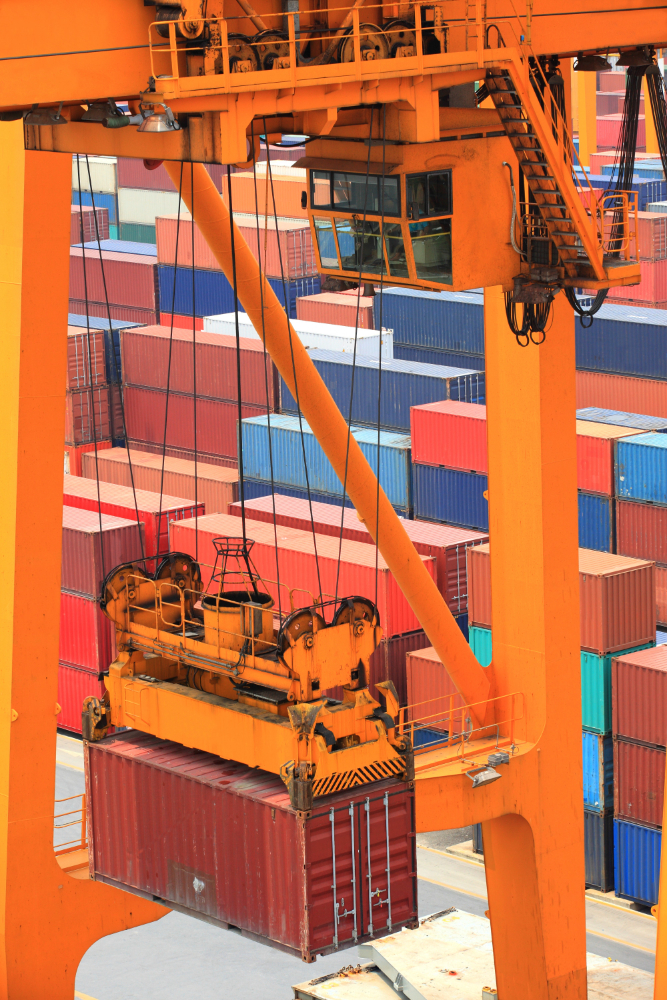

Step 6 – Opening the door: entering your target market
Developing your market-entry strategy. Learn how Free Trade Agreements benefit your
planning.
Step 7 – Shippers and shipping: delivering the goods
Getting goods to market can be challenging. Become efficient in managing export
logistics.
Step 8 – Identifying your export financing requirements
Understanding risks and
protecting from shortfalls. Discover financing opportunities to support export
success.
Step 9 – The fine print: understanding the legal side of international Trade
Interpreting the rules of engagement can be complex. Master how to safeguard your
goods and services.
Step 10 – Selling online: E-commerce for exporters
Taking advantage of the internet is easy. Access new markets from the comfort of
home.
IMPORT
Despite these benefits, a poor choice of suppliers, production delays or currency fluctuations can quickly make a good import idea turn bad. “A lot of companies run into trouble by jumping into importing too quickly, with inadequate preparation,” says Patrick Grenier, a business consultant at BDC who advises entrepreneurs on importing. “It’s common to see businesses sign on with the first supplier they meet and not do enough vetting.”
Importing foreign-made products offers a way to start a company with limited start-up investment or R&D. Imported products also have the advantage of being consumer-ready and having proven appeal in other markets, which reduces your risk.
In light of the services, you will receive from G&G Global Commercial Service, you will receive services from the 8 Steps portal to import the products you need.
1. Attend trade shows
Your first step is to find reliable suppliers. An excellent place to start is at
various trade shows where foreign companies show off their wares.


2. Visit potential suppliers in person
Based on your initial contacts, make a short list of companies that seem like good
potential suppliers or partners. Research these companies in-depth by asking for
samples, evaluating their team and getting a sense of what they’d be like to work
with. Scratch off those that don’t meet your requirements, and then arrange on-site
visits to meet the most promising ones.
3. Diversify your supplier list
Try not to rely on a single supplier. Diversifying helps ensure continued supply in
case of interruption with one of your partners. “Let them know they’re not your only
supplier”. “Then you’re not a hostage of any one company.”
4. Research Your Country taxes, fees and product requirements
Before signing an agreement with a supplier, be sure to check whether their products
meet your country regulatory requirements.
5. Hedge your currency risk
Payment for imports is usually made in U.S. dollars or euros. Both currencies can
fluctuate significantly against the your country local currency, with major impacts
on your margins. You can hedge your risk with the help of a currency broker or your
bank.
6. Verify goods before final payment
Suppliers often ask for partial payment upfront when an order is first made—30% is
typical—then require the balance to be paid before products are shipped. Especially
with a new supplier, it’s a good idea to make a trip to inspect goods in person
before releasing final payment. You can also negotiate with the supplier, so they
accept final payment when the shipment arrives in your country. In this way, you
won’t have to pay while the merchandise is in transit.
7. Regularly check in on suppliers
It’s important to contact suppliers regularly to see how production is going,
especially with time-sensitive orders.
8. Watch holidays
Keep on top of important dates in your suppliers’ country. Some holidays may involve
extended work breaks when production shuts down. Holiday dates may change from year
to year. For example, the Chinese New Year break can last as long as a month for
many suppliers.


LOGISTICS
Trusted by multinationals and SME’s alike, we serve via our own offices which are complemented by our extensive network of partners. Our know-how, flexibility, agility and adaptability ensure a seamless supply chain.
Thinking of starting your own transport and logistics company? While getting into the industry is not difficult, staying successful as a trucking company can be challenging if your business plan, finances and recruitment strategy aren't solid from day one.
Whether you're starting off with a bakkie or a minibus, you need to ensure you're prepared for high competition because of the transport and logistics industry's low barrier to entry.
Warehousing & VAS
With a wide network of partners, we are able to offer a multitude of solutions from basic external storage for oversized machinery and containers to intricate solutions and piece picking.
Our specialised network of partners can support with e-commerce, retail, VAS and distribution at item level as well as LTL/FTL.
Your specific inquiries will be handled with an in-depth study by our team of experts.
Operations
We listen, question, comprehend and ensure we are completely clear on the goal.
We take it away, break it down and build it up. Our vast knowledge allows us to propose more than one option from which your only task is to select the right fit for you. From transport to warehousing, VAS to vehicle security, our team are well versed in providing you the service you deserve.
Limitless logistics is not a motto. If the geographical feasibility exists, we’ll find it and make it happen.
Our agility and range of professional partnerships allow us to be your extended logistics arm, we take the pain away.
Our ability and versatility coupled with our agility and resiliency reinforce the strength of our solutions in a rapidly changing landscape.


Multimodal
Nothing is off limits when it comes to transport modes. With our network and experiences we will be able to find the best method to get your goods delivered where they’re needed, when they’re needed.
Our multimodal options are perfect for ensuring you have the most optimal route, as well as one resilient to the ever rapidly changing landscape.
Customs (AEO Certified)
Our resilience and ability to endure adversity stems from our core DNA. We chose our path, and we did it with good reason, the more difficult and diverse the bigger the learning.
The smarter we are, the bigger your win. Operating in countries where rules and regulations are in place until they are not – is no surprise for us, we adapt, we steer our vessel and crew with precision to ensure compliancy.
We learn fast and act faster. The strength of a global network of partnerships allow us to stay ahead of the game.
Challenging Markets
Our attention to detail is on point as is our knowledge in short-sea and deep-sea shipping routes and options.
Projects
We aim to simplify complex projects by breaking down the needs. We carefully study the end-to-end mission, understand the remit, the exceptions, the customs and the timelines. Your criteria is set and we establish the modality and methodology, projects are prone to change, each of our solutions comes with a back up and express route, we lift the load and assume the burden.
Oversized
We offer solutions for a variety of “high and heavy” cargoes across the UK, Europe, CAS & other regions.
- Provision of Haulage Permits
- Loading Supervision
- Route Surveys
- Local Lifting Services
- Storage of Project Cargo
- Organisation of Related Customs Services
- Precise Scheduling


Visibility
Proactive reporting for a resilient supply chain. Knowledge is strength, our tracking serves in aiding your planning, your manpower.
Why block a slot and manpower when vehicles are late? Our ETA’s are as strong as they can be given, we cross borders and endure weather extremes. A fully adaptable report which can support your internal KPI’s and much more.
Compliance
Through our Compliance program our aim is to proactively prevent issues from occurring, drive accountability for behaviors, and generate learnings that can be applied across the organization. We expect our business partners to share these values and uphold them when doing business with SSL or, when acting on our behalf.
Health & Safety
Forms part of our core compliance, every aspect of the business is rigorously validated through regular audits and allows us to remain at the forefront of this critical issue. We are committed to ensuring a safe environment for our staff and partners alike, that is further enriched with every new request from our customers.
CUSTOMS
A close working relationship with one customs service provider throughout your cargo journey; someone who understands your business needs and increases your supply chain efficiency and visibility.
To ensure seamless movement, prerequisites like compliance and clearances must be managed efficiently. A trusted partner who understands the complexities of your supply chain and local regulations can help in making the whole process easier.
With us, you can easily manage other crucial areas of your business and leave customs in the hands of a trusted partner. Here’s why:
We handle your business around the world
Every business and supply chain is unique. That’s why we tailor our broad range of
customs solutions to fit your business needs, no matter the size of your operation.
New services and capabilities
Our suite of customs services is continuously evolving to help you understand and
comply with trade regulations and provide efficiency.
Strong data management and visibility
Our range of solutions gives you a bird's eye view to spot supply chain enhancement
opportunities or deal with potential problems.
Efficient services that benefit your bottom line
We offer convenient and easy-to-use solutions to help you streamline your importing
and exporting processes and reach your goals even faster.
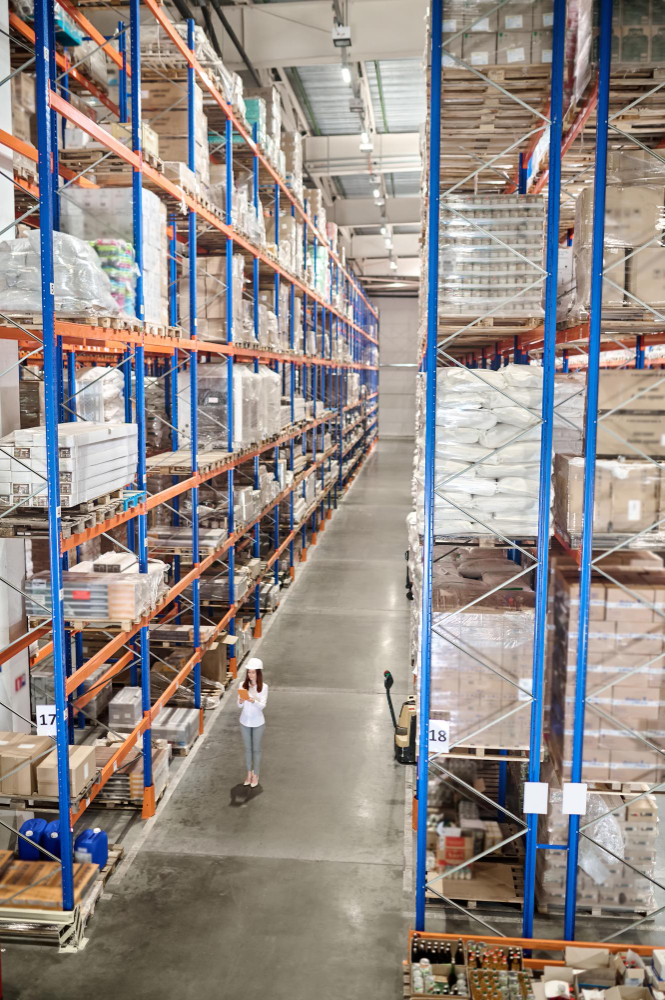
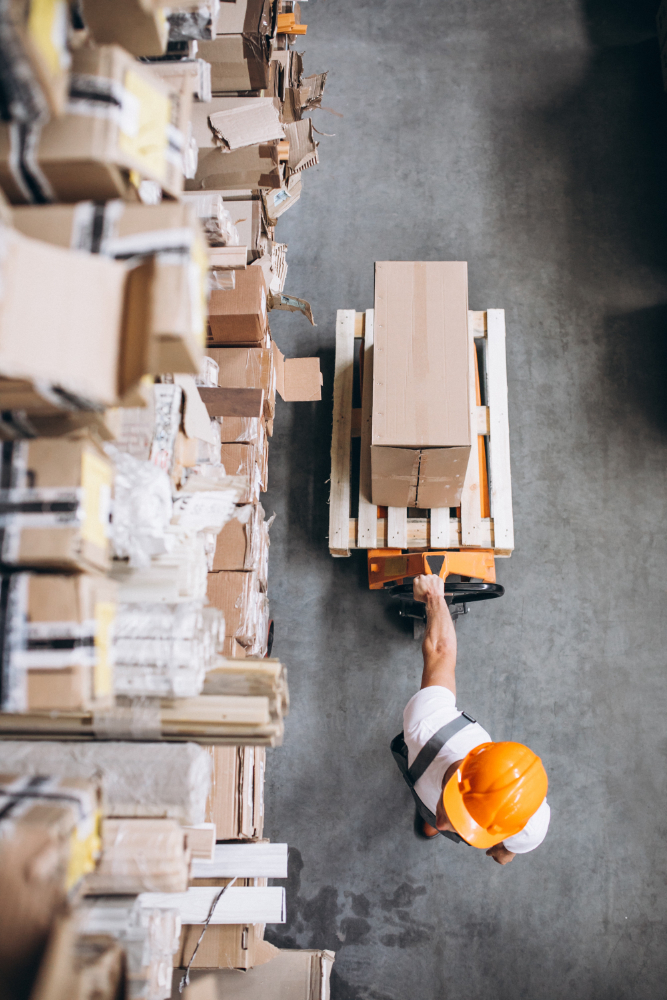
MANUFACTURING PHASE
Our range of Customs Services
Every importer and exporter needs to have customs clearance. Maersk can help expedite this process at both origin and destination. Our core services include:
- Import Declarations
- Export Declarations
- In-Transit Declarations
Providing end-to-end integration
Integrate your customs process with our Supply Chain
Management (SCM) platform for export data management and
downstream import benefits.
Global Trade and Customs Consulting services
Compliance experts and specialist trade consultants help you man oeuvre the complex
world of tariff codes, taxes, duties and international trade regulations to help
decrease costs and increase predictability.
Offering more compliance control
Dedicated compliance management teams to closely monitor your customs activity along
with the latest changes in legislation.
Optimising your supply chain
Keep your complex supply chain running smoothly by minimising downtime and reducing
costs with a tailor-made approach that’s unique to your business needs.
E-COMMERCE STATISTICS
If you’re looking for a way to boost your sales and take your business to new heights, e-commerce should be on your radar. By pairing a strong web presence with the latest e- commerce tools, you can broaden your offerings, increase your reach and remain open 24/7.
With the right strategies in place during launch, it should be much simpler to navigate the changing world of ecommerce in the future. In fact, the more you build up your strategies today, the more efficiently your business will run tomorrow.
The difference between success and failure in the industry has a lot to do with your ecommerce strategy. Prepare your brand for a successful launch by learning more about ecommerce strategies, what they can do, and how to design one of your own.
Ecommerce strategies are interconnected plans that drive your business operations. There are three major ecommerce strategies to consider: product strategy, customer relationships, and corporate considerations. Each of these must work together to ensure the best possible outcomes for your brand.
While you may not feel your ecommerce company is large enough to worry about corporate relations, the fact is that every brand needs a detailed process for communicating with business entities.


General E-Commerce Statistics
20.8% of retail purchases are expected to take place online in 2023
Quickly departing are the days when shoppers would trek to the local mall to spend the day perusing various shops. Nowadays, the first touchpoint a customer has with a business typically takes place online, especially if the company has a presence on social media. As entrepreneurs look to start new businesses with little overhead, renting a physical retail space may no longer be a top priority as the focus shifts to establishing a web presence that captures these online sales with a low barrier to entry.
By 2026, 24% of retail purchases are expected to take place online
There’s no denying that online shopping is popular in today’s day and age. But how will it look a few years from now? Research shows that it’s more than just a trend. Customers will likely continue to turn to the internet every time they want to make a retail purchase. It’s clear that turning your business into an e-commerce venture is more than just a fad. It’s a great long-term investment, especially if you hope to scale.
E-commerce sales are expected to grow 10.4% in 2023
Since 20.8% of retail purchases are expected to take place online in 2023, it’s no surprise that e-commerce sales are supposed to increase as well. With more customers shopping online, your business can sell more and earn more as a result. Whether your goal is to boost your sales by a small percentage, or you hope to completely transform your business from a startup to a large organization, e-commerce can help.
The global e-commerce market is expected to total $6.3 trillion in 2023
One of the greatest benefits of e-commerce is that you can sell your products and services to anyone, from anywhere. As long as a customer has access to your website, they can purchase from it, even if they’re on the other side of the world. If you currently have a local or national presence, this strategy can give your brand the global presence it needs to enjoy unmatched growth.
By 2026, the e-commerce market is expected to total over $8.1 trillion
When we say e-commerce is not a fad but a valuable long-term strategy, we mean it. In just three years from now, it’s supposed to take up trillions of dollars in market share. So what does this mean for your business? If you don’t jump on the online sales bandwagon now, you’ll likely miss out on a lot of money.


The U.S. e-commerce market will reach over $1.1 trillion in sales in 2023
While the global e-commerce market is expected to take off, so is the U.S. e- commerce market.[1] This is great news if you’d like to target customers on a national level. Even if you’re located in one state, you can sell to those across the country. E-commerce is an easy and affordable way to boost your U.S. sales.
In the U.S., 16.4% of retail purchases are expected to take place online in 2023
Whether you sell T-shirts, furniture, supplements or anything in between, rest assured that taking your products online is worthwhile. Shopping online rather than at a brick-and-mortar location is the norm among many U.S. customers.[After all, it caters to their busy lifestyles and provides them with a sense of convenience they can’t resist.
Online Shopping Behavior Statistics
57% of online shoppers report shopping internationally
When online customers can’t find a business that meets their needs on a local or national level, they don’t give up. Instead, more than half of them look abroad. This means e-commerce can transform your business into a global organization. You don’t have to stick to customers in your area if you don’t want to.
The most common reason online shoppers abandon their cart is because of additional costs like shipping, taxes and fees (48%)
If you plan to add e-commerce to your business, you should know what will deter, rather than attract, customers.
CUSTOMS
24% of online shoppers abandon their cart because the site wanted them to create an account
While you can ask online shoppers if they’d like to create an account on your website, you shouldn't require them to do so. This is because some of them may simply leave your online store and look elsewhere for what they need. They’d prefer to checkout as a guest and don’t want to go through the time and hassle of creating a username and password.
22% drop out of an online shopping session because shipping is too slow
When a customer orders a product online, they may not expect it that hour or that day. But many of them want it as soon as possible. If it takes weeks or months for you to ship orders, they’ll likely leave their online shopping session on your website and turn to a competitor with faster shipping times. E-commerce and slow shipping are not a good combination so it’s important to streamline your shipping processes and do whatever you can to expedite the time it takes for customers to receive their orders.
79% of shoppers shop online at least once a month
While some customers might shop online every once in a while, most of them do so on a monthly basis.[5] Online shopping is simply a part of their regular routine, regardless of what they’re looking for. It’s second nature for them to turn to the internet every time they have a particular purchase in mind.


E-COMMERCE STRATEGY
Starting an ecommerce business is no easy task. From setting up your website to streamlining your supply chain, it seems there are hundreds of things to consider in the early days. And truthfully, there are.
But that’s not to say this always-on pace should continue forever. With the right strategies in place during launch, it should be much simpler to navigate the changing world of ecommerce in the future. In fact, the more you build up your strategies today, the more efficiently your business will run tomorrow.
G&G Global offers you endless ready-made strategies with its Fintech establishment. All you have to do is give commands with your fingertips and follow your command.Please follow our strategy :
Product strategy
Product strategy comprises inventory management and development. It requires you to take a bird’s-eye view of some major processes, including:
Development research
Who is in charge of the research portion of your products? Will it be primarily accomplished in-house or by a third-party organization?
Product orientation
What kind of people want to buy your products, and how are they perceived in the marketplace? You may want to rely on a two-by-two matrix or a SWOT analysis to navigate the planning process better.
Inventory supply chain
How do you plan on getting products, and how viable will this approach be in the future? Is there enough flexibility in the structure to account for shortages?
Line of products
Consider the entire width and breadth of your product line. How much do you want to offer? Are you planning on multiple varieties with customization options (i.e., t-shirts with different logos) or just multiple lines of related products (t-shirts, shorts, etc.)?
Product viability
Are your products evergreen, meaning they remain relevant all year long? Or are they going to be seasonal? Perhaps you’ll want a mix of both to increase sales during different events or holiday seasons.


Customer relationships
Building a strategy for managing customers is imperative for tracking the lifecycle of the buyer’s journey. There are many important things to consider along the way, including:
Target market
Who is the audience your brand is trying to reach? You may want to create user personas detailing your customers’ specifics, including their demographics, ages, income, and psychographics.
Company branding
How do you want to present yourself to customers? Think through all elements of this, including your company logo, brand voice, and business name.
Sales channels
How do you plan on accomplishing the customer acquisition process? Social media? Emails? Webinars?
CX and UX.
Consider the impact of your customer experience and user experience. Do you have everything in place to wow your buyers, including great customer service and an accessible website?
Customer retention
Is there a specific frequency at which customers should order from your company? How will this impact your sales and profit margins in the future?
